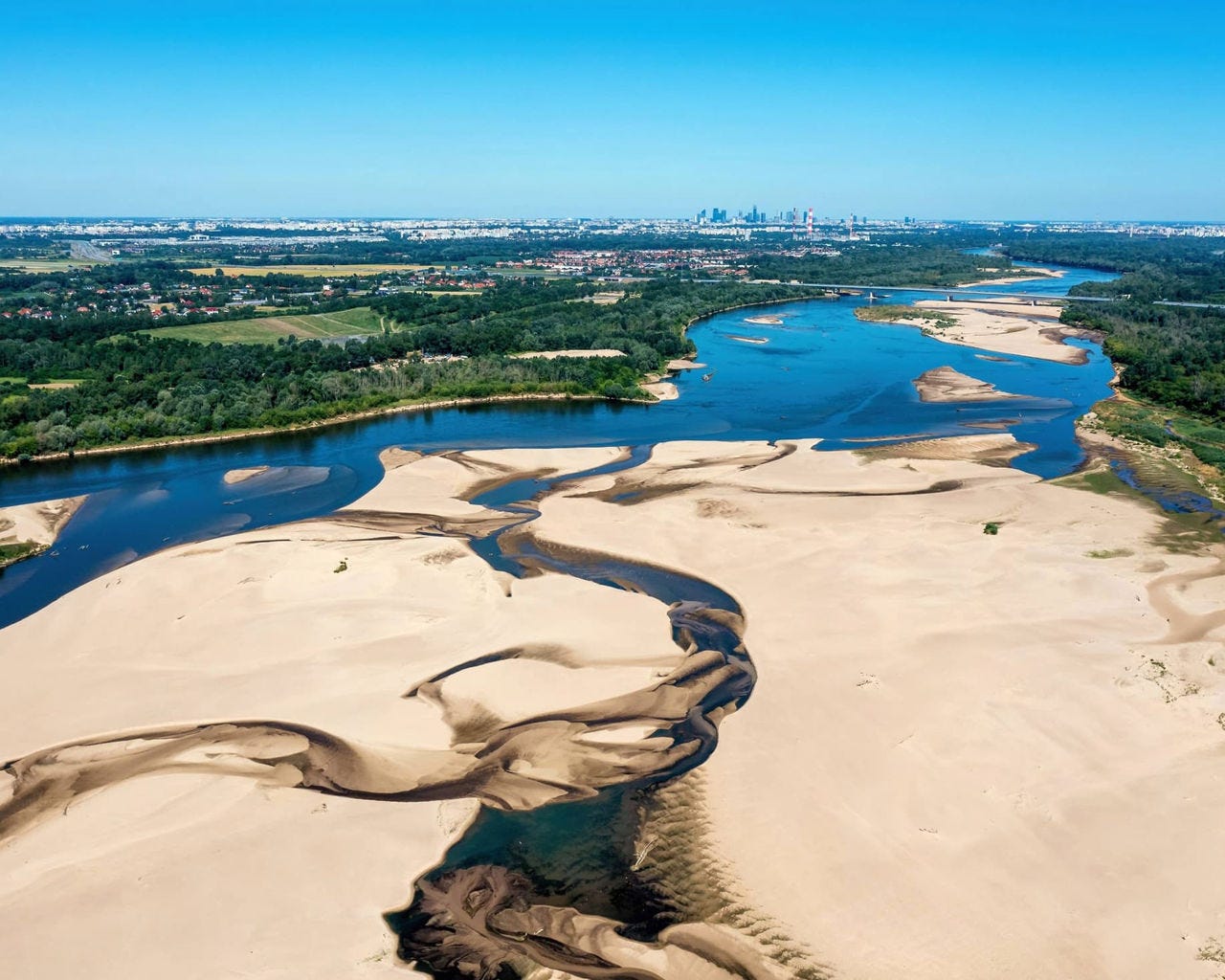Recently, the last remaining coal power station in the UK was shut down. Over the past year, renewable energy has supplied around 40% of electricity consumption, compared to just 7% in 2012. Renewables have been transformed from being perceived as a niche, relatively expensive source of energy to being widely adopted.
This transformation did not happen by itself. The combination of clear policy direction and a supportive policy enabling environment has transformed the market. Efforts to put a price on carbon have been an important part of the story, but this system-level change has also required a broader effort to create a supportive policy environment: regulations have been reformed, innovation has been supported and financial models have been developed. The overall effect has been the achievement of a virtuous cycle, as increases in cumulative investment have driven down prices, which in turn have supported further investment flows.

A similar scale of effort is now needed to build resilience to the impacts of climate change. Despite the progress that has been made in reducing emissions, we are now locked into decades of climate change impacts. Last year, global average temperatures reached 1.45 °C above pre-industrial levels (1850–1900). Events that were previously considered to be extreme are now occurring with increasing regularity. It is estimated that in 2023, extreme climate events caused around USD 250 billion in losses, most of which were uninsured. The burden of these impacts reinforces existing social and economic inequalities.
We need to build resilience to the impacts of climate change that we are already seeing and that are projected to become increasingly severe. Investments in adaptation can help to save lives, protect livelihoods and contribute to sustained economic development. It is estimated that developing countries will require annual investments of at least USD 215 billion to adapt to climate change. There is no comprehensive estimate for OECD countries, but it is plausible that their investment needs are of a similar order of magnitude: national studies have estimated costs in the billions per year per country. Meanwhile, recorded flows of climate finance for adaptation are in the tens of billions of USD per year.
Scaling up international public finance for adaptation will be critical, but there is also a need to harness investment from all sources. One indicative study found potential economic returns between USD 2 and 10 for every dollar invested in adaptation across various sectors, with a total of USD 1.8 trillion in investment opportunities. Yet, private sector investment remains a largely untapped potential, as annual average global recorded flows of private investment were only USD 4.7 billion in 2019-2022. Investment is hindered by policies and regulations designed for a static climate, the need to develop new business models, and challenges in raising finance for adaptation investments.
What policies are needed to achieve a transformative increase in adaptation investment?
Earlier this year, the G20/OECD Report on approaches for financing and investing in climate-resilient infrastructure set out key policies for increasing investment in this sector. It explored issues including planning, procurement, risk allocation and financial mechanisms.
Mobilising finance and investment for adaptation and resilience was one of the topics discussed at this year's OECD Forum on Green Finance and Investment. The high-level plenary on adaptation investment highlighted the need for stronger policy alignment, to reimagine the role of insurance and to develop “investable” plans to help remove barriers to investment in adaptation. An overarching theme was that the benefits of investment in adaptation go beyond the reduction of physical climate risks. The combination of effective policies, better data, support for developing countries and new financing models are needed to translate these benefits into investment flows at the required scale. In doing so, there is the opportunity to achieve a virtuous cycle similar to that seen for renewable energy.
Looking ahead, on 14 November 2024, we will release the Climate Adaptation Investment Framework, which outlines the key policies that governments can adopt to build the market for adaptation and unlock the necessary investment. On the same day, we will hold an online launch event on the OECD Virtual Pavilion for COP29.
Replay past or register for upcoming OECD events and sessions
- Replay the high-level plenary forum session on adaptation investment, organised as part of the 2024 OECD Forum on Green Finance and Investment
- Register for the online event on 14 November regarding the OECD’s Climate Adaptation Investment Framework
- Register for other events during the COP29 Virtual Pavilion (4–22 November)



